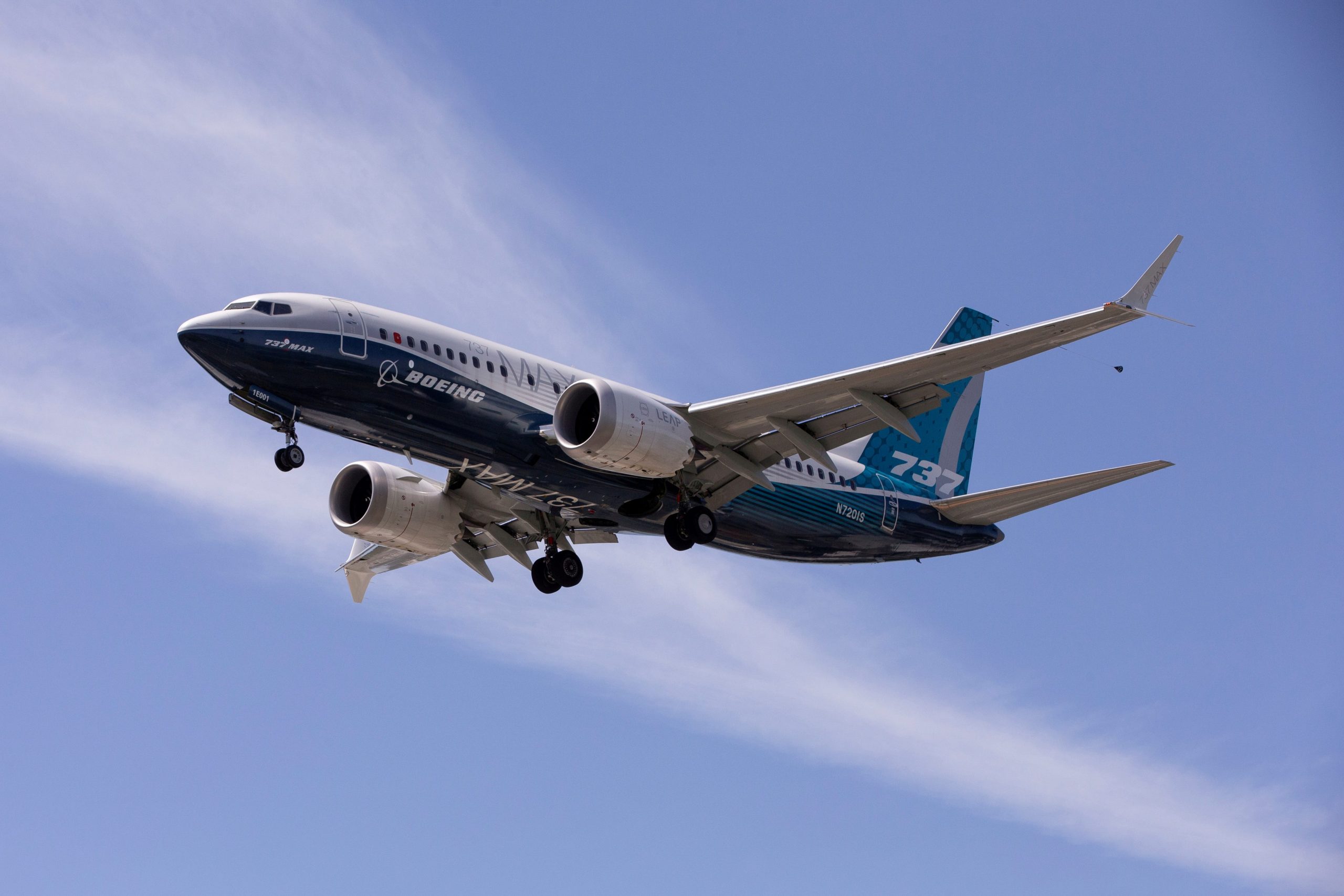
Reuters
- The Boeing 737 Max is likely mere weeks from returning to passenger service.
- The plane moved another step closer to being recertified this week as a major international review was initiated.
- However, there are few remaining administrative tasks for Boeing and the FAA — and logistical hurdles for airlines — before the plane fully returns to the skies.
- Visit Business Insider’s homepage for more stories.
Boeing’s troubled 737 Max is likely just weeks away from returning to the skies.
Although a scathing report from House Democrats on the Transportation committee condemned the Boeing and FAA missteps that led to the crashes in the first place, the plane has undergone virtually unprecedented scrutiny since it was grounded.
With one of the final stages in recertification beginning earlier this week, there are only a few steps left before the plane can reenter service.
The big steps that are already behind Boeing
Boeing completed the plane’s recertification flights with the FAA in late June and early July, among the biggest hurdles for the planemaker to overcome before the plane could be cleared to fly again. During the flights, Boeing and FAA engineers tested the various changes made to the jet.
On August 3, the FAA issued a notice of proposed rulemaking outlining the changes it will require before the 737 Max can reenter service.
The proposal, one of the last big administrative hurdles, is subject to a 45-day public commentary.
Among the changes, 737 Max operators would be required to install a revamped software system on the plane's flight control computer, following a major redesign to the computer, and upload new software for the plane's display system. 737 Max operators would be required to use a revised flight manual, install new wiring for the plane's horizontal stabilizers, complete tests of each plane's angle-of-attack sensor system, and perform operational test flights.
In the preliminary summary, the FAA wrote that it found that Boeing's proposed changes to the Max design, along with flight crew and maintenance procedures, "effectively mitigate the airplane-related safety issues that contributed to the Flight 610 and Flight 302 accidents."
Now, as the 45-day public comment period nears an end, there are just a few steps remaining in the process.
Review by Regulators
The multinational Joint Operational Evaluation Board (JOEB) — made up of regulators and pilots from the US, Canada, Brazil, and the European Union — will meet for about nine days to review the new training that Boeing plans to recommend for 737 Max flight crews.
That meeting began at London's Gatwick Airport on Monday, September 14, and should wrap up next week, according to the FAA and reports from Reuters.
After that, the results will be incorporated into a draft by the FAA's own Flight Standardization Board (FSB), which sets the minimum required training for pilots. The result of that is published and open to public comment for 15 days, Reuters has previously reported.
The entire process — from the start of the JOEB meeting to the end of the FSB review — takes "roughly probably 30 days from beginning to end, FAA administrator Stephen Dickson has previously said.
Dickson has also said he plans to undergo the recommended training and fly the jet himself before approving anything to move forward.
Given the start date for the JOEB, that suggests the process should wrap up by early-to-mid October.
The FAA did not return a request for comment for this article.
Once the FAA approves Boeing's changes, the legwork begins
After the FSB review is finalized and the FAA reviews the final documentation, the FAA will issue an advisory of a coming safety change, known as a Continued Airworthiness Notification to the International Community (CANIC).
That would be followed shortly by an Airworthiness Directive (AD) formalizing the changes published in the earlier notice of proposed rulemaking. Within a few days, the FAA would lift the March 2019 order grounding the jet.
However, planes would not be able to return to service immediately. The FAA plans to inspect each individual airplane itself before certifying it to fly again, making sure that all the required changes and updates have been made. In the past, that was a job delegated to Boeing.
"A successful, complete, functional test flight of each aircraft will be required before it is individually re-certified as airworthy," airline consultant R.W. Mann told Business Insider. "It's literally a tail number by tail number approach, not a fleet-wide re-certification. More cumbersome and expensive than earlier imagined."
Airlines will be responsible for training their pilots according to the FSB standard.
Meanwhile, international regulators can choose to lift their own grounding orders in line with the FAA, or to finalize their own reviews. Both European and Canadian officials have said they would certify the plane independently — both have carried out certification flights, so the decision would likely come quickly after the FAA lifts its grounding.
Finally, as airlines install updates and train their pilots, they'll need to work to pull planes out of storage and get them flight-worthy, inspecting and cleaning aircraft that have been sitting on the ground for more than 18 months.
Conceivably, the plane could reenter passenger service with US airlines by the start of the holiday travel season.
Dit artikel is oorspronkelijk verschenen op z24.nl
